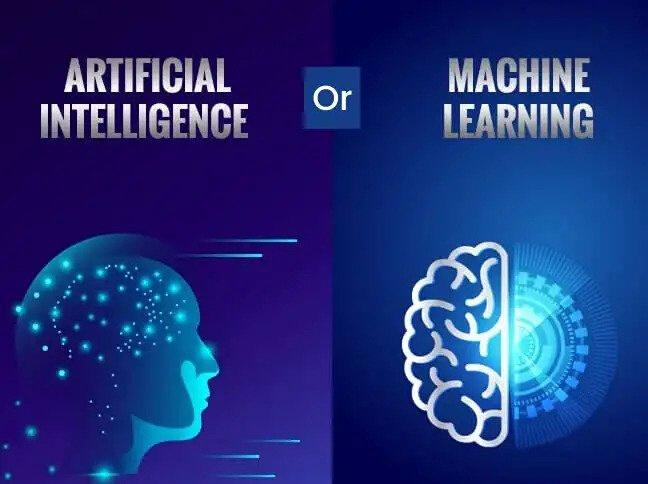Insight into Autonomous Vehicles with Artificial Intelligence
Artificial intelligence (AI) is transforming every industry. From the code to the deployment, AI software development is slowly improving its game & helping in discovering the brand new paradigm.

It is predicted that approx. 80% of businesses are now investing in AI and ML Development services, alongside 47% of digitally advanced companies are already defining AI strategies. Even more surprisingly, AI tools should offer $2.9 trillion in corporate value soon.
These smart sensors produce a massive amount of data. To make sense of this data, autonomous vehicles require supercomputers. Most companies developing autonomous vehicle systems are highly dependent on AI, Utilizing machine learning (ML) and deep learning (DL) to process the data efficiently & validate autonomous driving systems.
Let’s Discuss Deep Thoughts About AI, ML, & DL!
Artificial Intelligence (AI), machine learning (ML), and deep learning (DL) are sometimes substitutable, but they don’t depict the same concepts. Artificial Intelligence is the part of computer science that is used to make machines intelligent. If the machine completes tasks based on a particular set of rules which resolves some problem, such intelligent behavior is referred to as AI. Wherein Machine learning & deep learning are methods to train AI.
Machine learning is the branch that involves the study of structured data & algorithms. Undoubtedly, Machine learning development enables systems to learn as well as enhance from experience. Deep Learning is the next expansion of Machine Learning. It leverages complex neural networks which extract detailed features as the neural network continues to learn & evaluate its input data.
1.KnowAbouttheFirstUseofAIinAutonomousVehicle
The first use of AI for autonomous driving was seen in the second Defense Advanced Research Projects Agency Autonomous Vehicle Challenge in the year 2005. It was won by the Stanford University Racing Team’s autonomous robotic car ‘Stanley.’ ‘Stanley’ was well-equipped with multiple sensors as well as backed by custom written software; moreover, it consists of machine learning algorithms. It helped the vehicle find the path, detect obstacles & avoid them while staying on the route.
2.AISimulateReal-worldConditionsforAutonomous Vehicles
The autonomous vehicle industry is one of the fastest growing fields nowadays. Thus, Artificial Intelligence development is indeed an essential part of self driving vehicles. Since AI has been used in several areas, including robotics, it is a perfect fit for technology that promises to give new wings to autonomy. The technology promises that AI and other advanced technologies will provide a safer & more estimated behavior that will lead to many advantages such as fuel efficiency, comfort & high level of convenience.
The challenges involved in developing AI systems seem as complicated as a self-driving vehicle. This is because Artificial Intelligence has to interact with many sensors and use data in real time.

Furthermore, it involves several algorithms which are hard to use. Modern vehicles are the perfect example of real-time systems that produce deterministic results. This is associated with achieving safety during driving. Thus, Artificial Intelligence is used for many essential tasks. Among all the main tasks- Path planning, i.e., the vehicle’s navigation system is the most superior. The other important task of AI is the interaction with the sensory system & the insight of the data coming out of sensors.
“Do you know some sensors can provide better perception compared to the average human? Smart algorithms made it possible.”
Nowadays, many sensors provide data for the main computer of the vehicle during operation. These smart sensors give information on the road, about other vehicles driving on the road & any other thing that can be noticed as humans can do. One of the major tasks of the sensors is to detect & identify objects around the vehicle.
Path planning is essential to advance the routes of the vehicle & helps to build better traffic patterns. In addition, it also helps reduce delays & stay away from congestion on the road.
“Path Planning is a fantastic task for AI algorithms. In other words, path planning for autonomous vehicles enables to find the safest and most convenient routes”
3.FreeSpaceDetectionwithArtificialIntelligence(AI)?

Free space detection is one of the primary features of autonomous driving systems. Researchers around the globe are researching & developing the tools needed to have free space detection, thus trying to create a fully automated autonomous system. The quality, as well as speed of the free space detected, are dependent on the approach incorporated to calculate it.
Neural Network based free space detection can be incorporated into the recognition layer, object detection, & classification layers. This can improve the throughput & capability in detecting free space.
Analyzing the present and future needs of autonomous driving, we discussed the role of artificial intelligence, machine learning, and deep Learning in it.
On the road to cars, there will be many challenges without a straight forward answer, but ongoing research on AI software development services will surely bring fruitful solutions.
Source: https://bit.ly/3uefjKa



